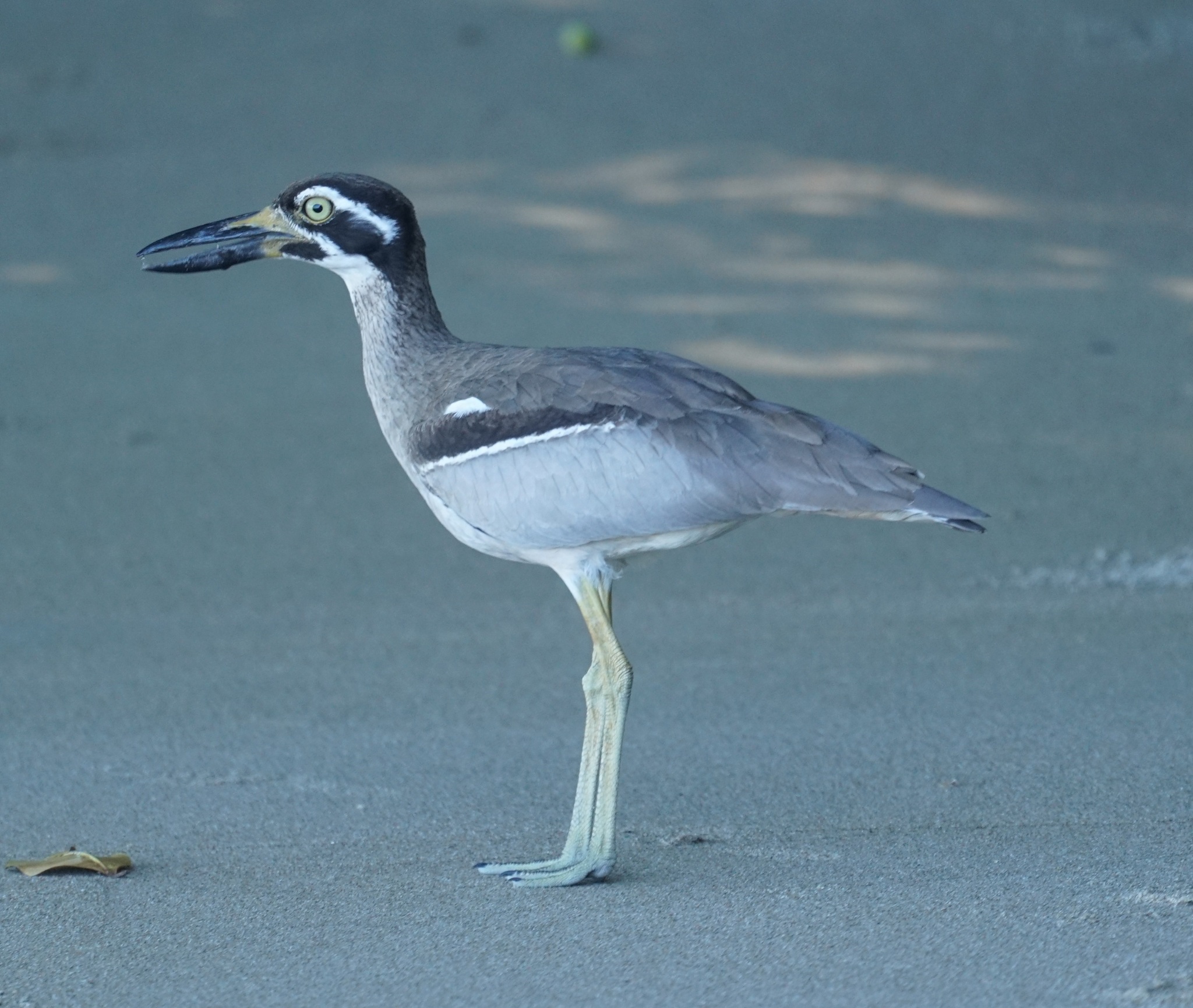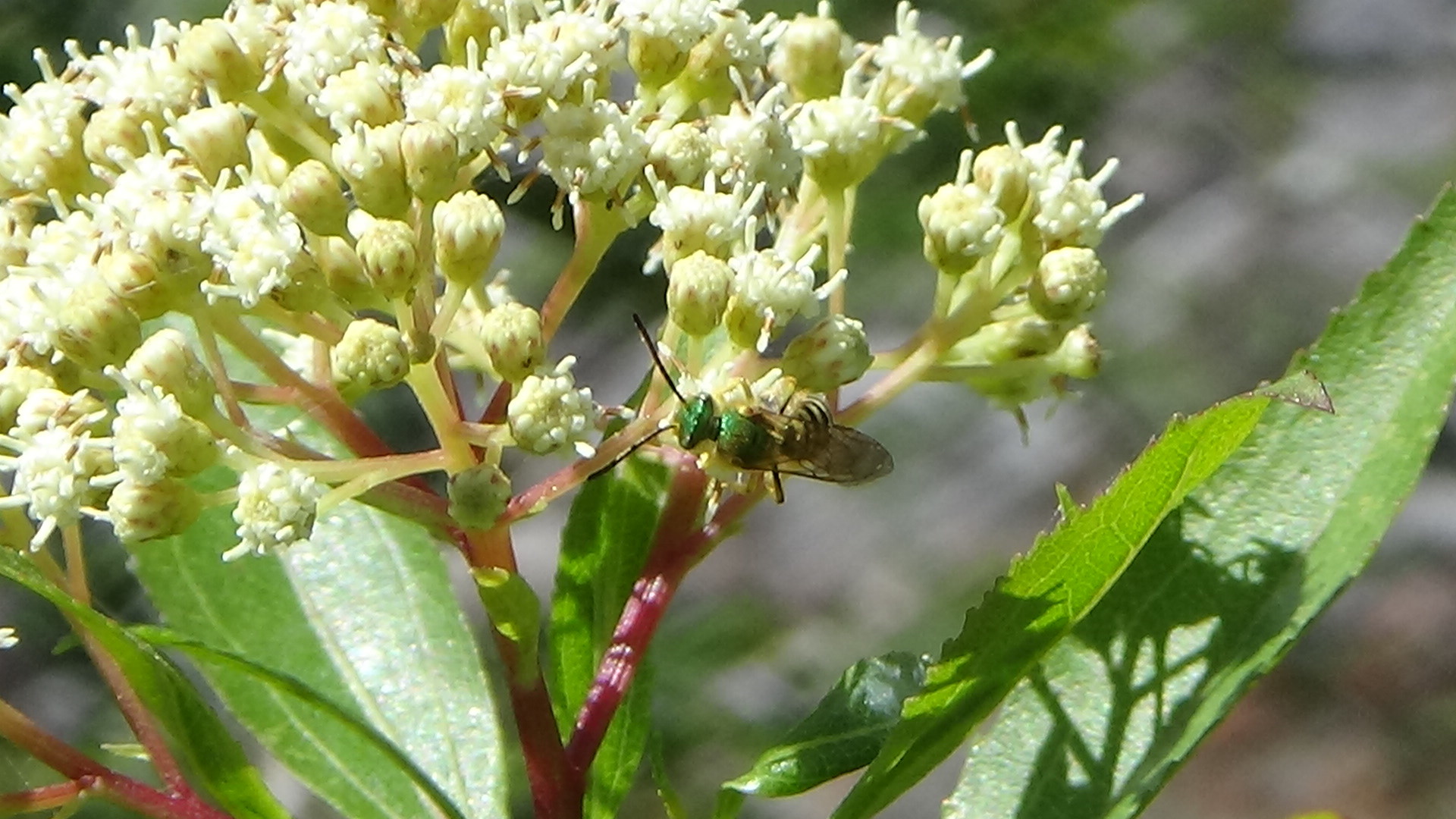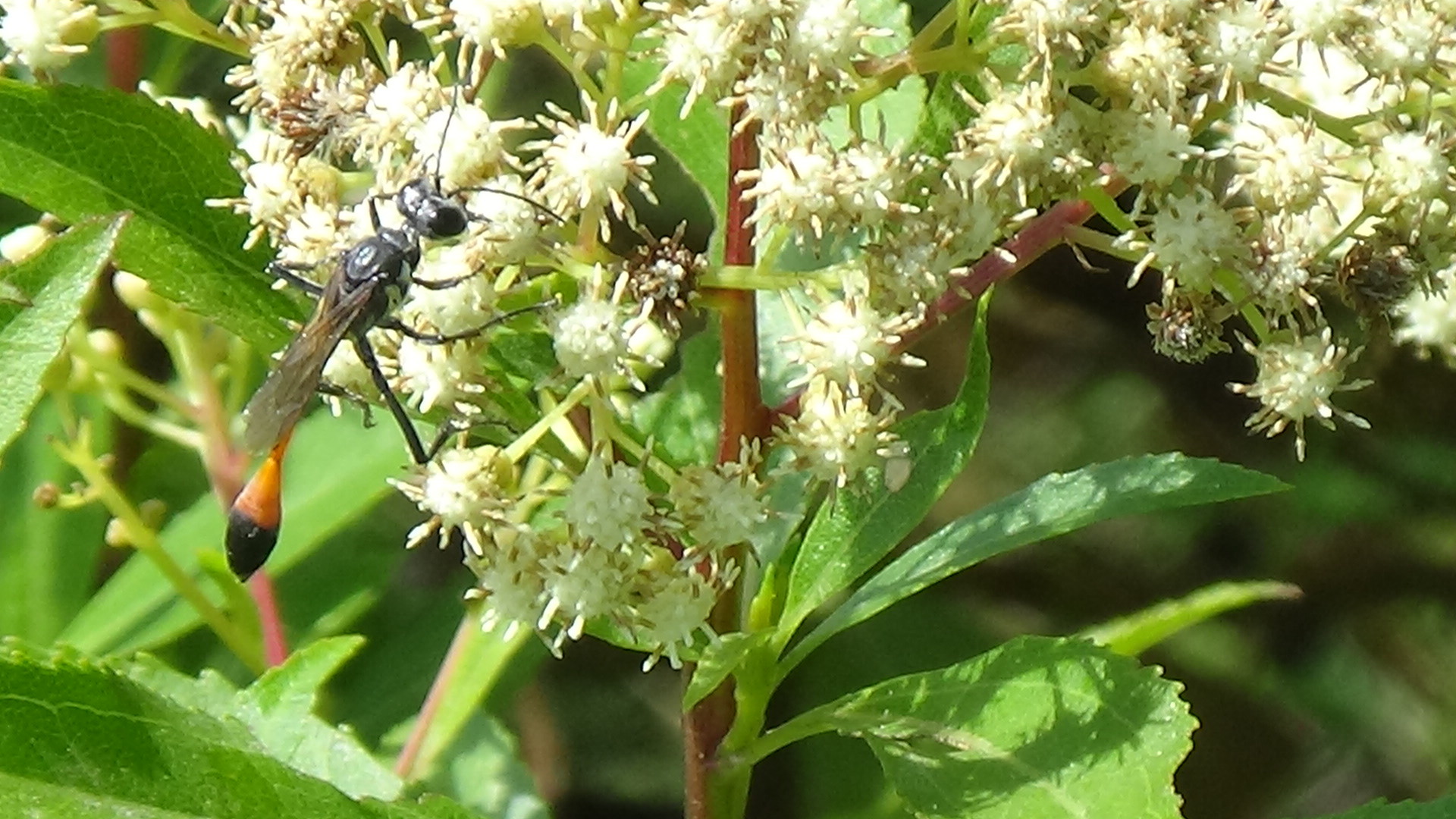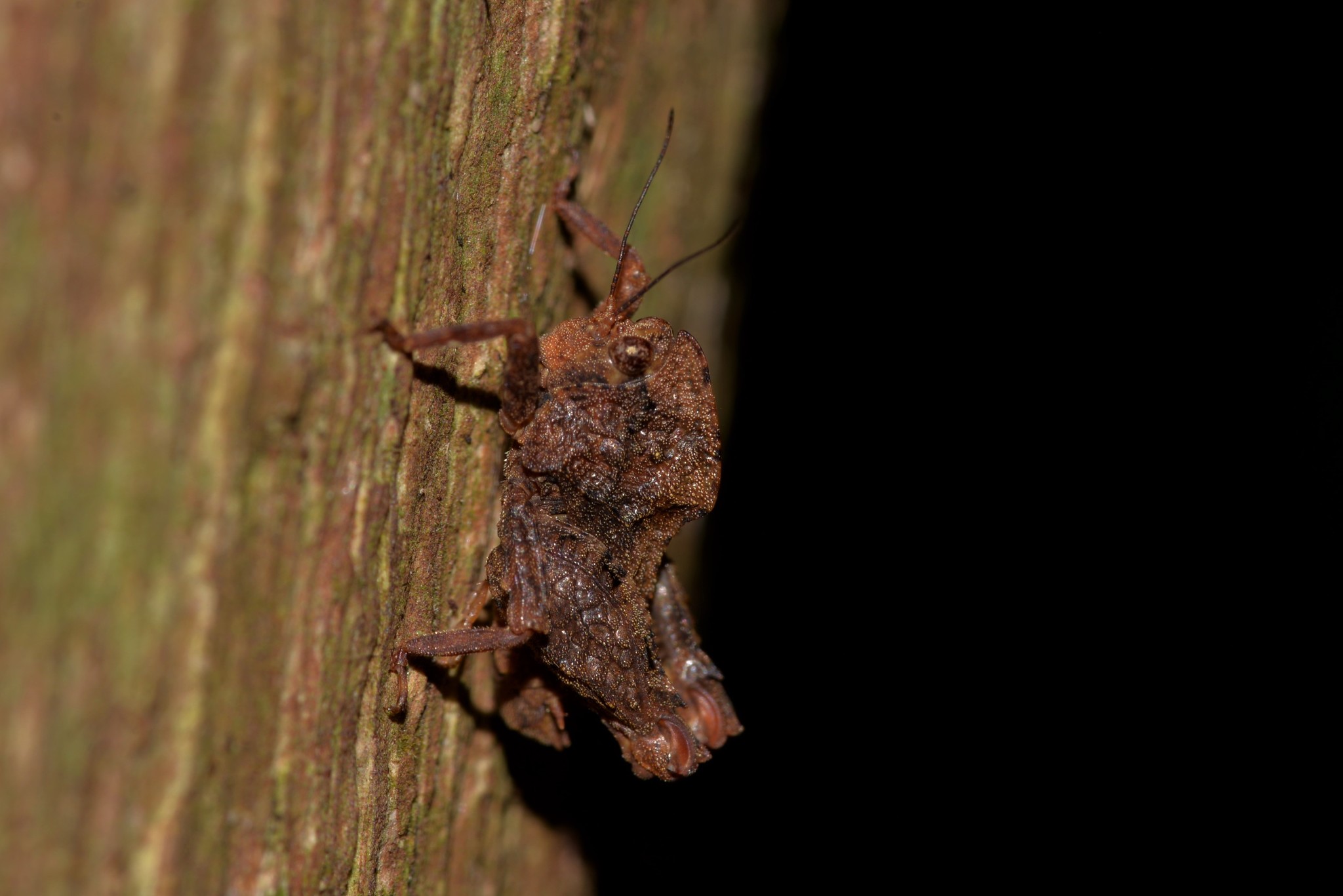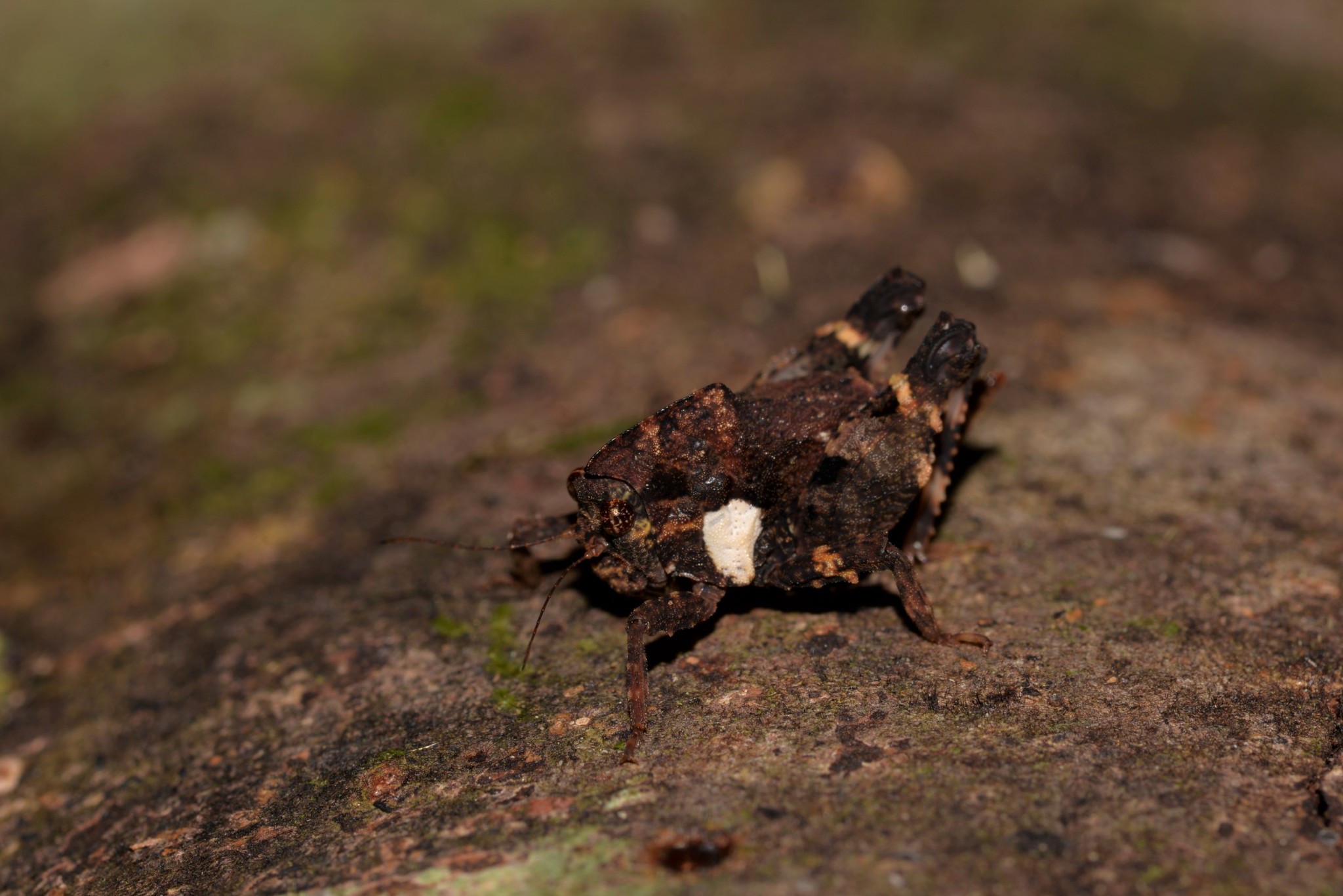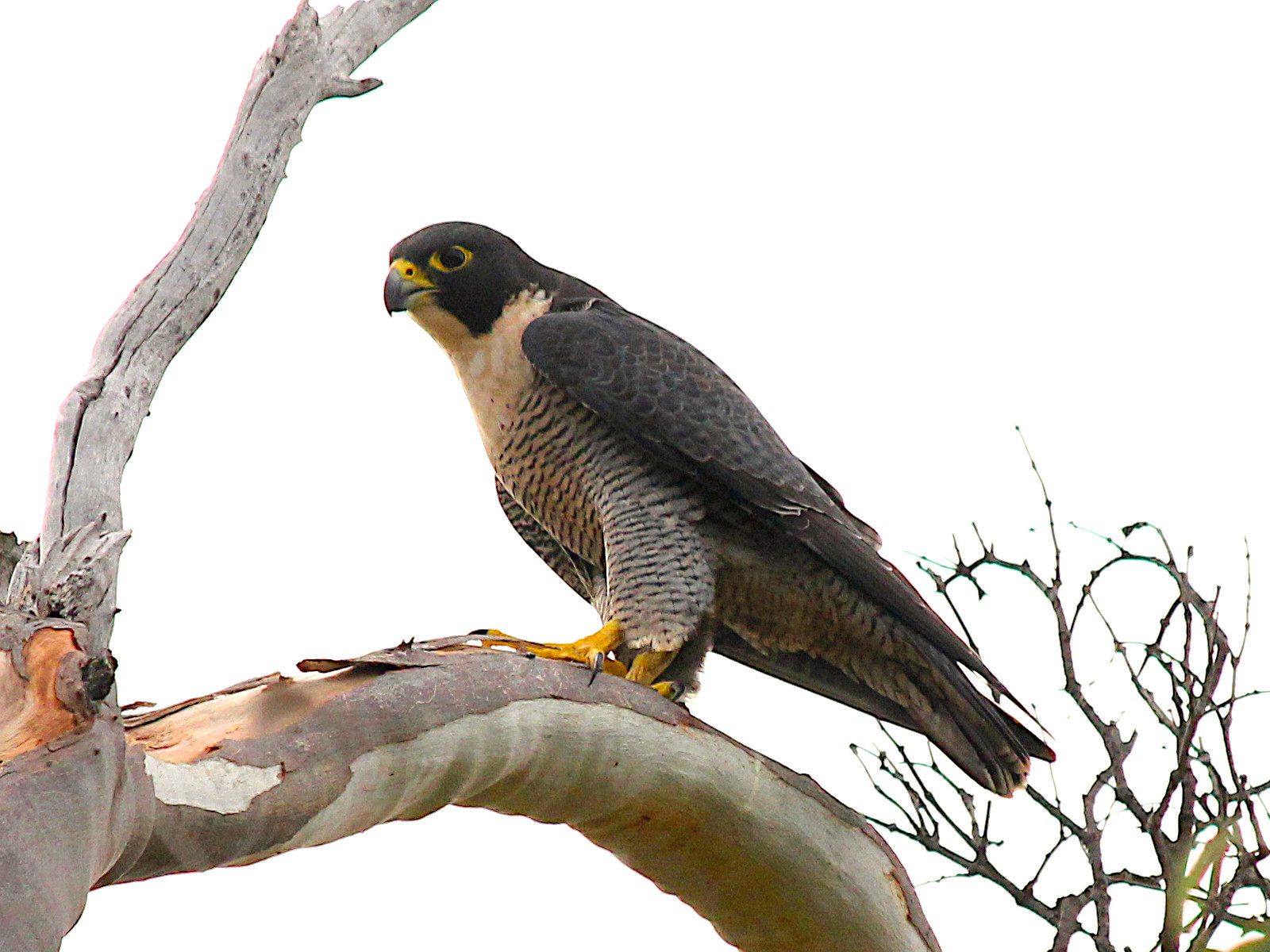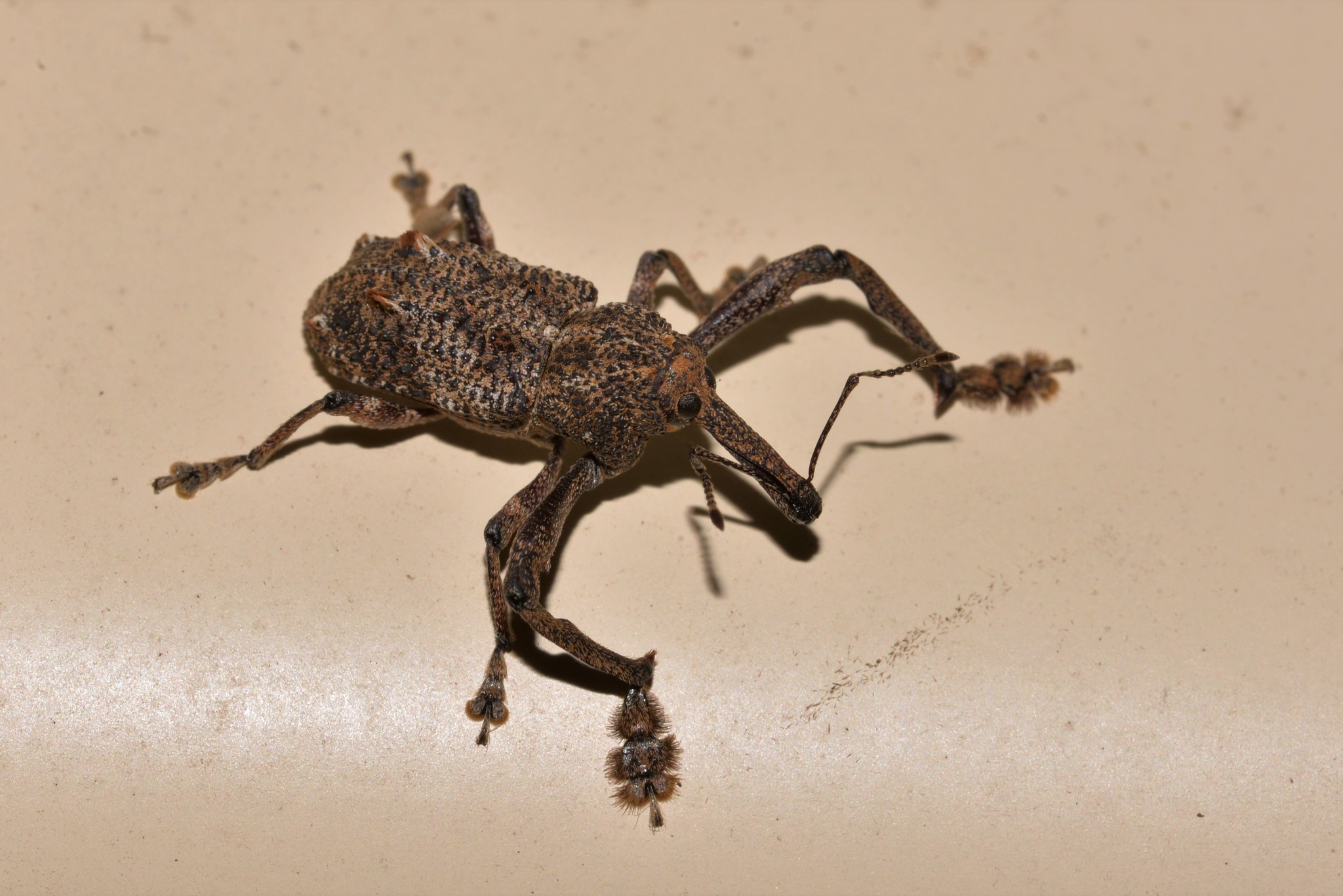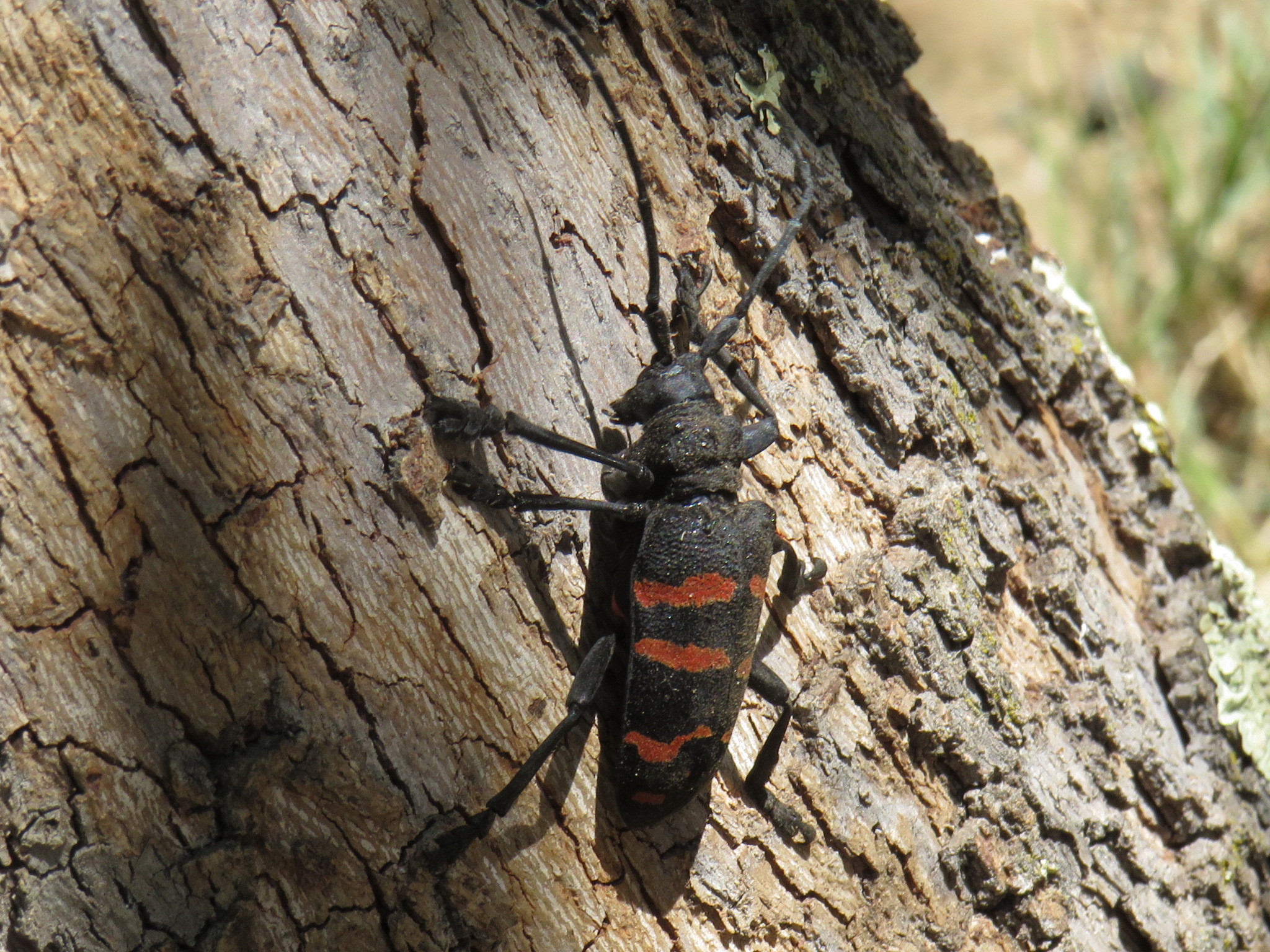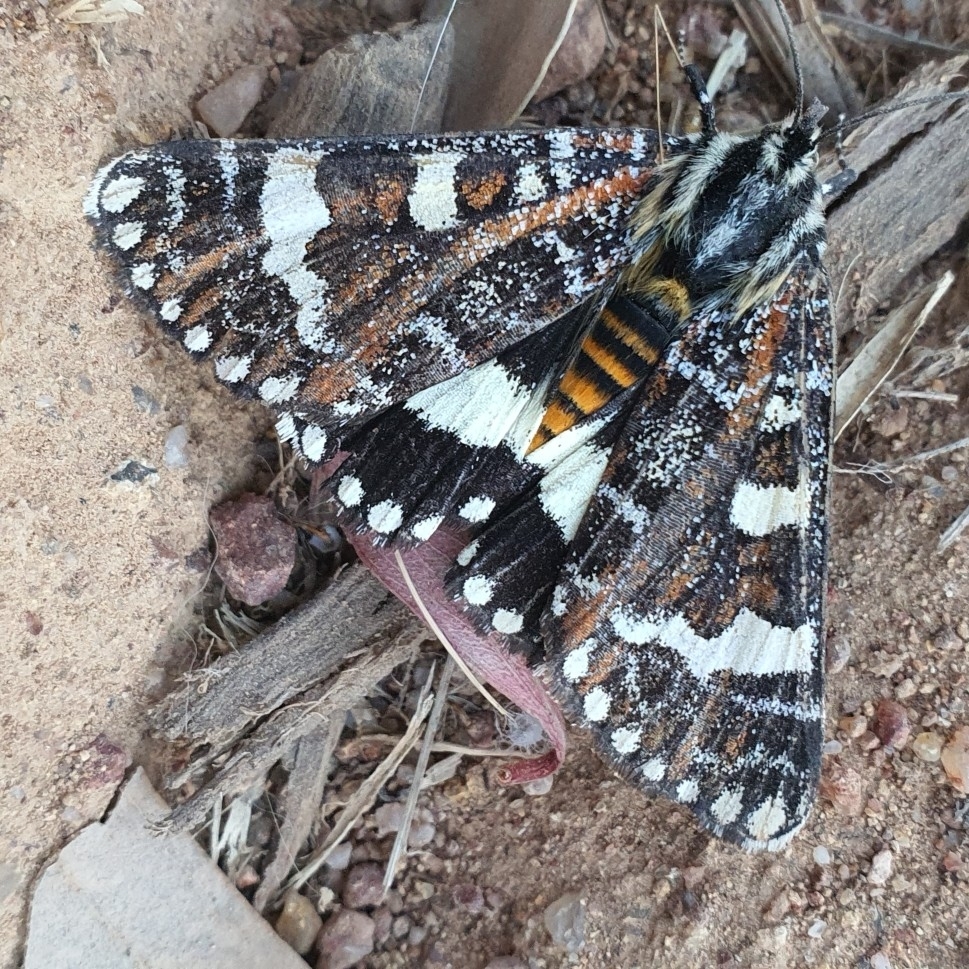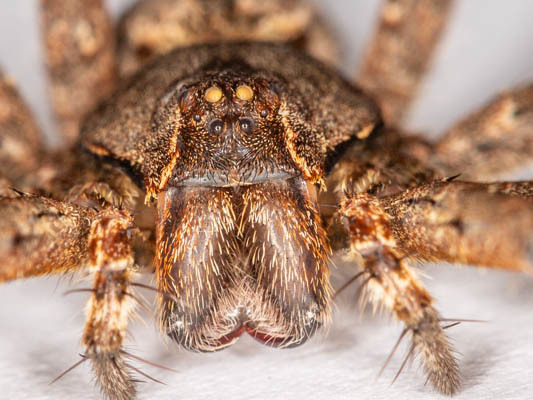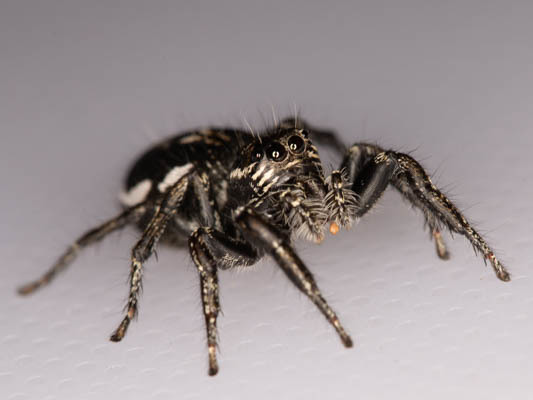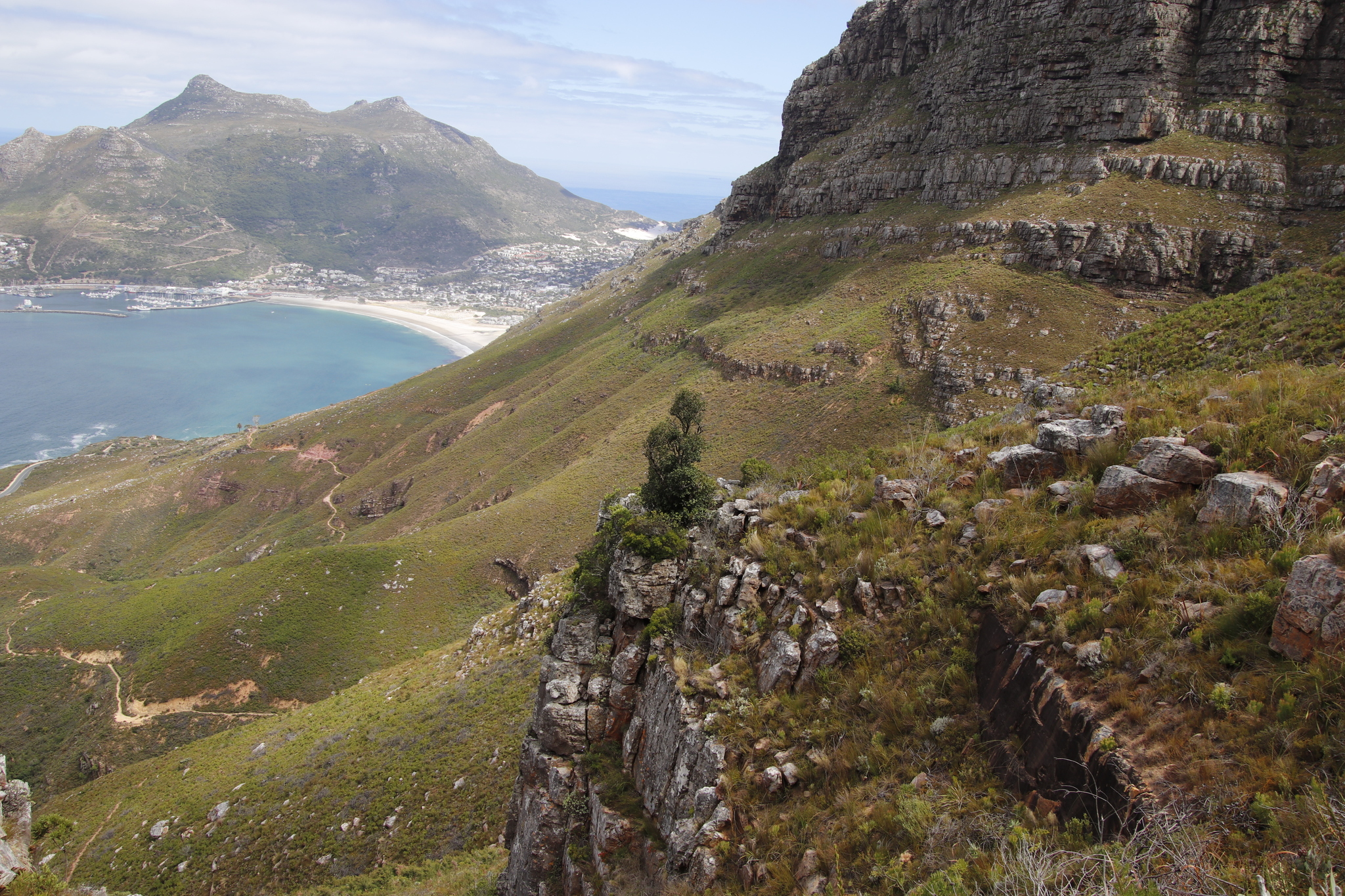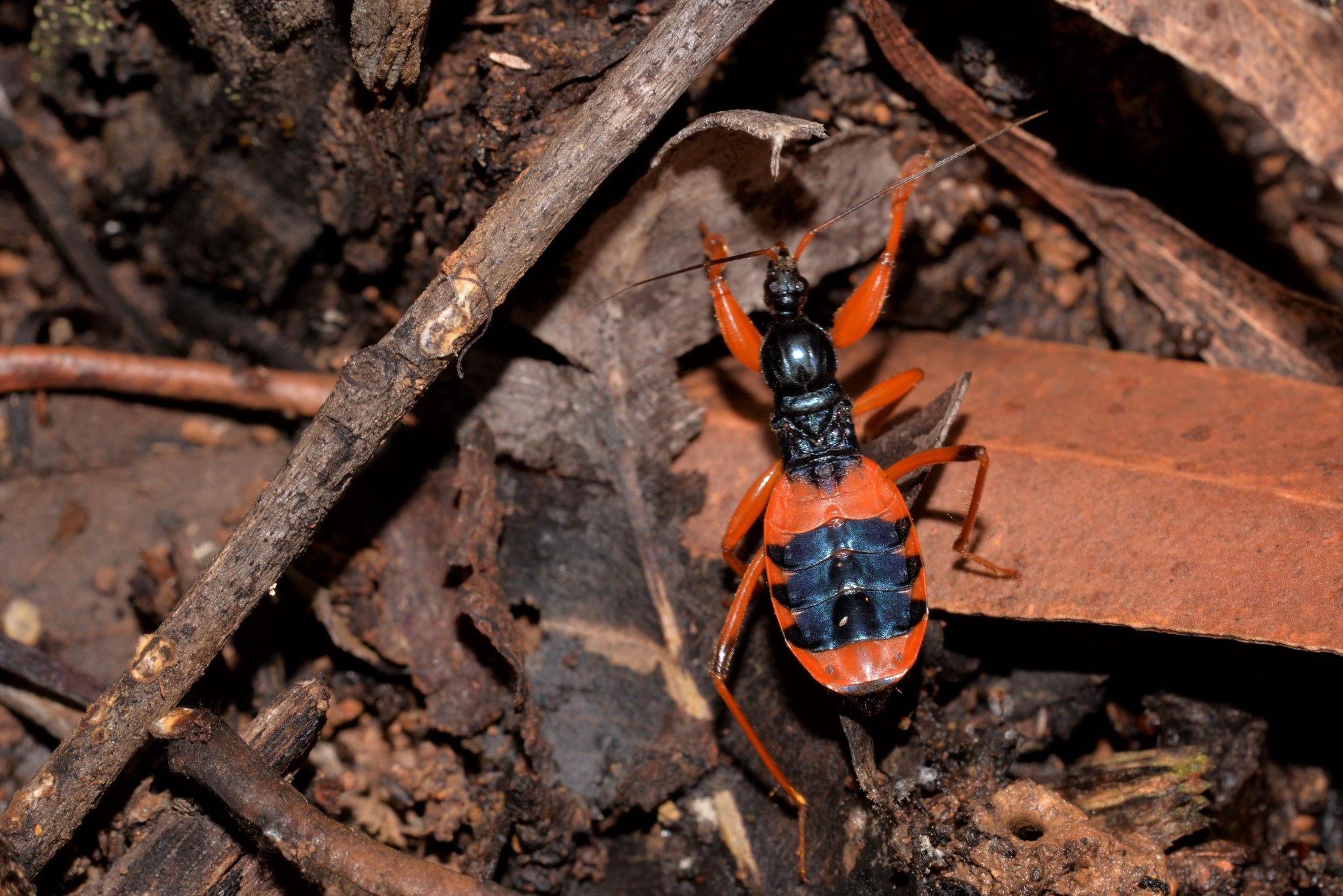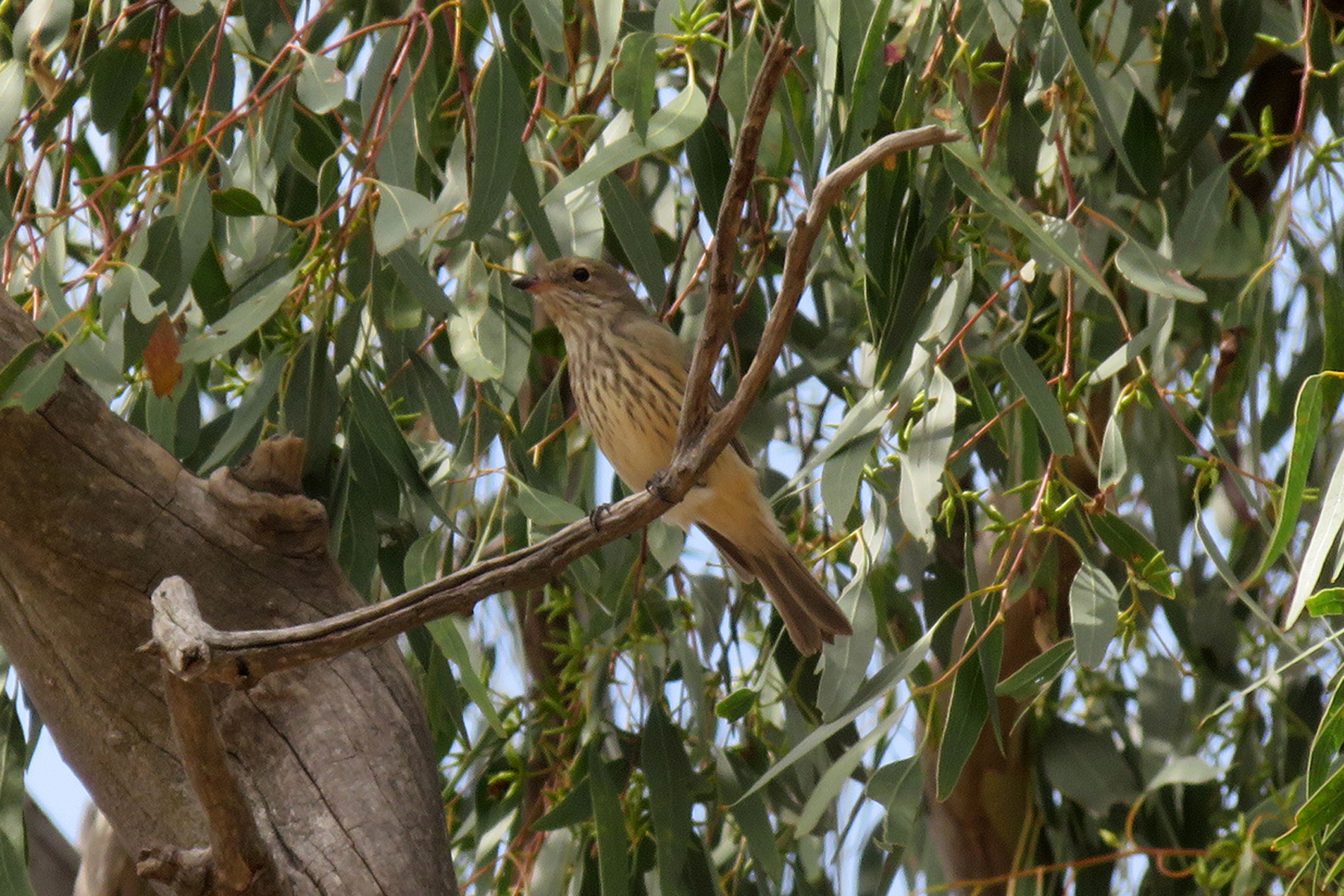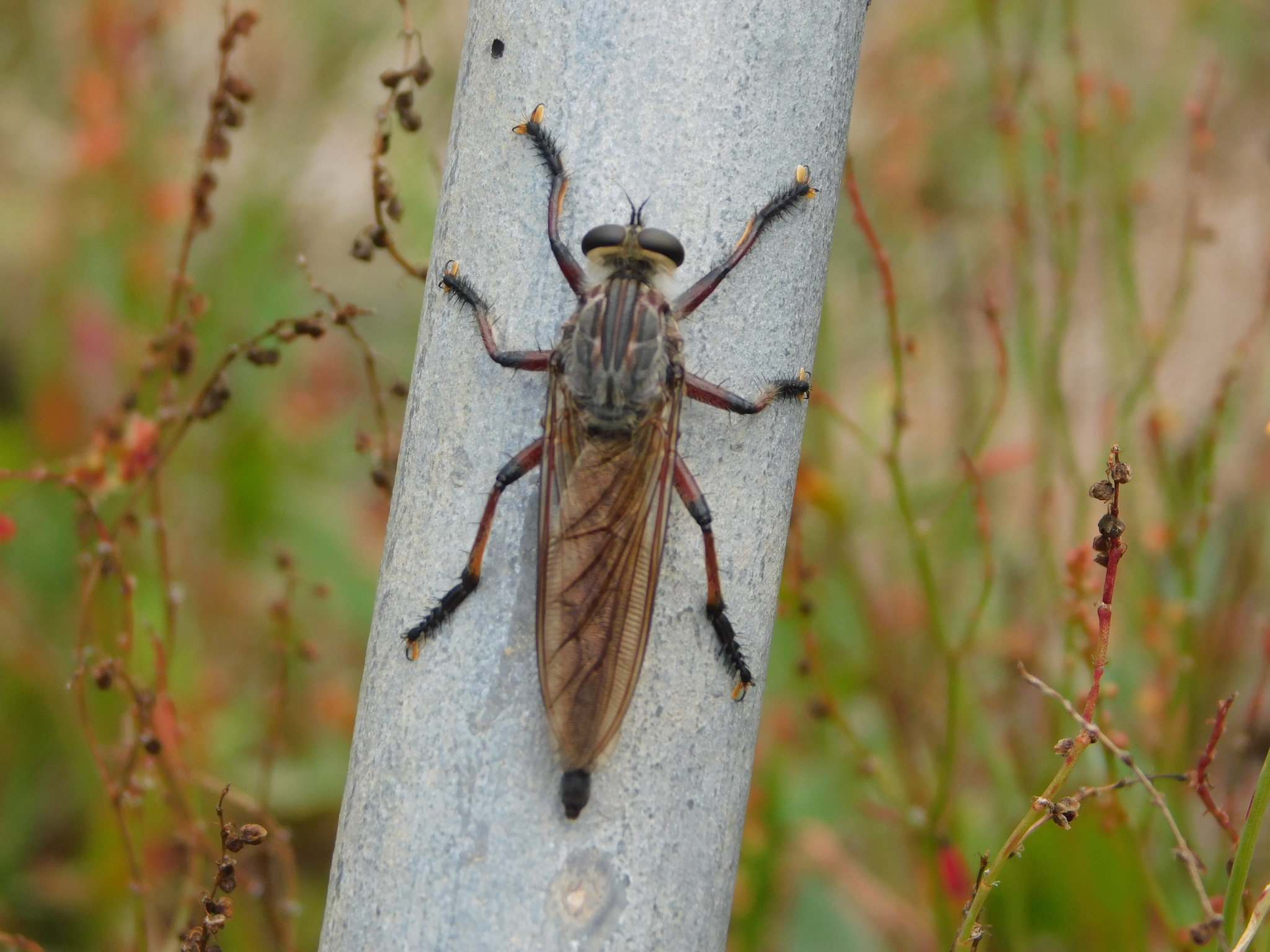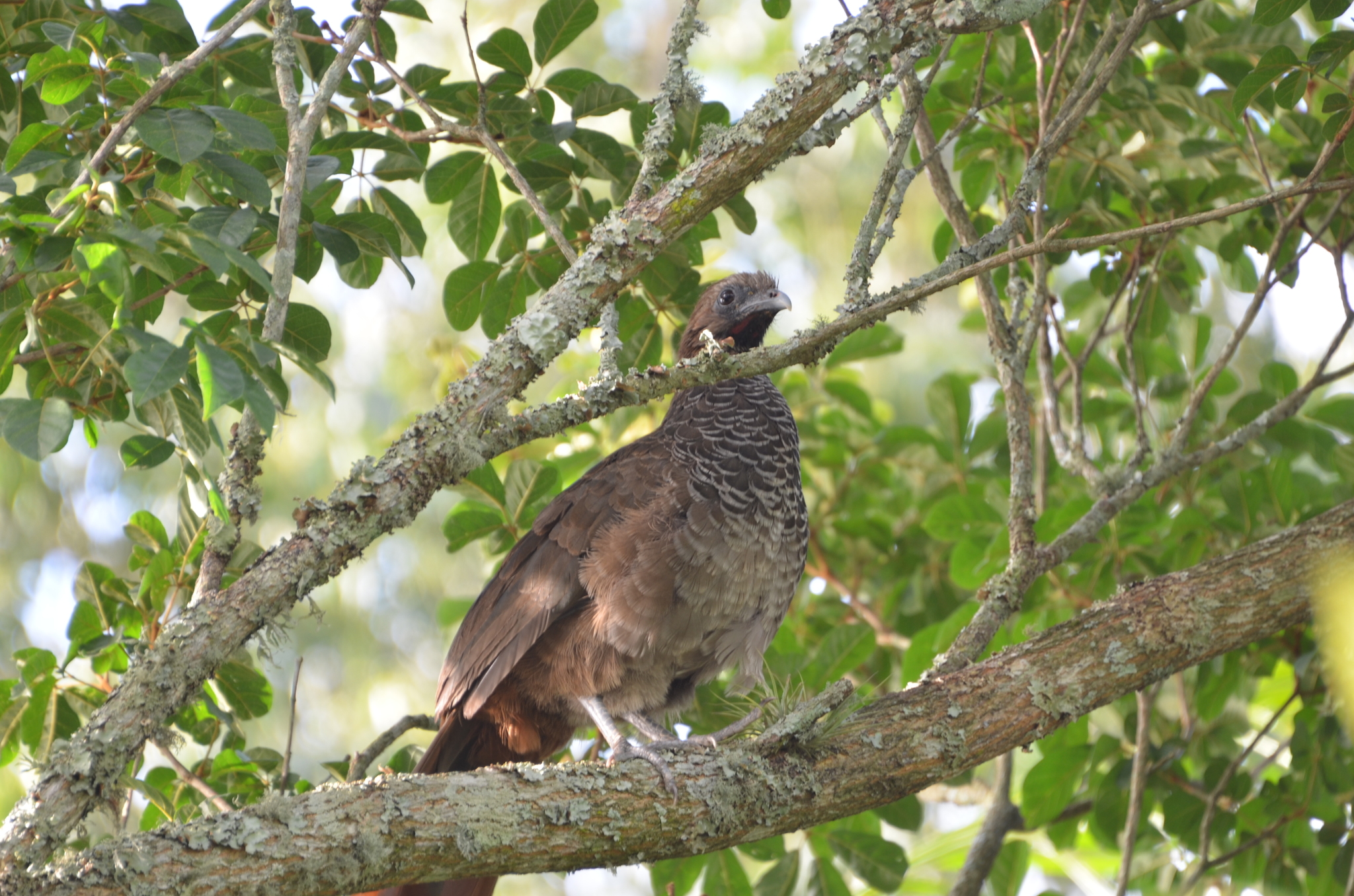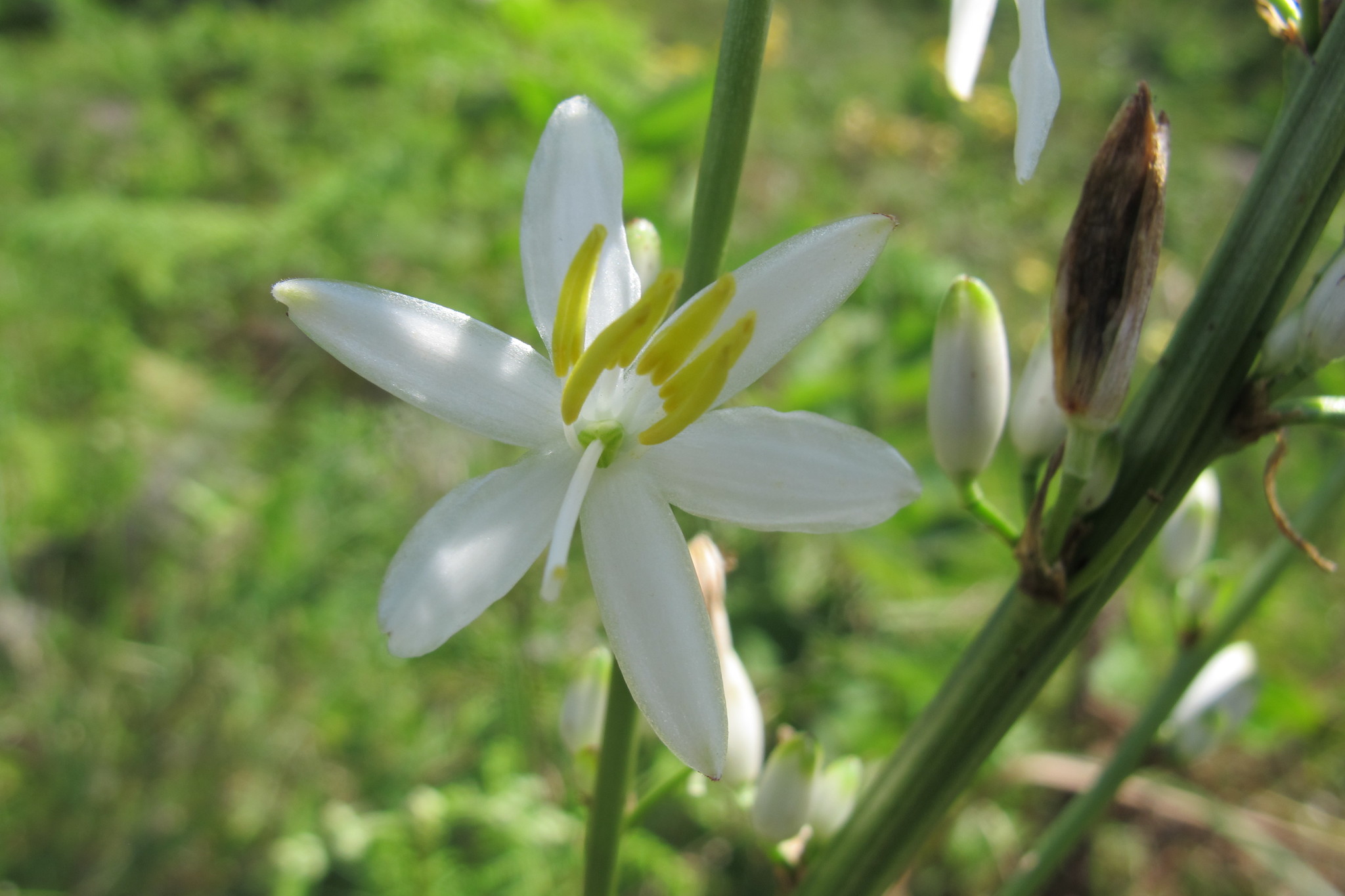Since our last post on the 23rd July 2021, the GSBiogroup members have contributed 107,404 observations, composed of 14,571 species from 87 observers (at the time of writing)!
The Top 10 species observed are as follows:
1) Western Honey Bee (Apis mellifera): 289 observations
2) Great Thrush (Turdus fuscater): 259 observations
3) Eared Dove (Zenaida auriculata): 232 observations
4) Black Vulture (Coragyps atratus): 212 observations
5) Ornate Burrowing Frog (Platyplectrum ornatum): 204 observations
6) Rufous-collared Sparrow (Zonotrichia capensis):199 observations
7) Great Egret (Ardea alba): 169 observations
8) Wild Mallow (Pelargonium cucullatum): 167 observations
9) Common Brushtail Possum (Trichosurus vulpecula): 163 observations
10) Australian Magpie (Gymnorhina tibicen): 162 observations
For a compelete list of species, check it out here :)
The most active user in the project is David Torres (@dawicho). Since the time of our last Journal post, David has contributed 611 observations, composed of 165 species. I have included a few interesting observations below:
A clearwings butterfly, Patricia dercyllidas, was observed near Quito, Ecuador! This butterfly species belongs to the Ithomiini Tribe, where observations within the Tribe made by the 19th-century naturalist Henry Walter Bates led to the formulation of Batesian mimicry theory, whereby harmless species mimic the warning signals of an unpalatable species.

Another interesting organism found near Quito, Ecuador, a green hydra (Hydra viridissima)! Named after the Greek mythological monster, members of this Genus are known to be "immortal", in the sense that the cells do not show any biological aging, and also possess incredible regenerative ability after injury. This particular species forms a symbiotic relationship with Chlorella sp. algae. Chlorella sp. green algae were once independent organisms, but have evolved in a way that it cannot survive without co-existing with Hydra sp.!

Now, pack your bags and belongings, we're going around the world to see some fantastic observations from some amazing naturalists!
Diego F. Cisneros-Heredia (@cisnerosheredia) traveled to the famous Galapagos Islands in October, and managed to find the "rarest gulls in the world", the lava gull (Leucophaeus fuliginosus)! Classified as "Vulnerable" by the IUCN Red List, this gull species is endemic to the islands of the Galapagos. With a population estimate of roughly 300-600 individuals, these unusual gulls are solitary nesters (instead of gregarious nesting, seen in many gull species) and will rigorously defend their territory from intruders.

Beautiful Braunsia maximilianii, captured by Nicola van Berkel (@nicky) in South Africa! This species is endemic to South Africa, only occurring in selected Districts in the Western and Northern Cape. Although available as a cultivated specimen, it is rarely seen in many countries (such as Australia) due to its slow growth, as it may take years before enough collection is cultivated for sale.

An Endangered-listed frog, spotted by Brian (@briancadam) in NSW, Australia! Following a population decline during the 1980s, these large frogs are now scattered throughout coastal SE Queensland and NSW. They inhabit rainforest or wet sclerophyll forests, where previous observations have found that they do not venture more than 50m away from streams!

A beetle with a striking colouration, captured by Cajá-manga (@caja-manga) in Brasil! A highly variable species, with colours ranging from a mix of black with yellow, orange, red, and more. One of the members of 200+ species in the Rutelinae Family, the adults feed on flowers, leaves and pollens, while the larvae would feed on decaying matters and roots!

Thanks for contributing to the Project! Can't wait to see what you find in the future! :)





















